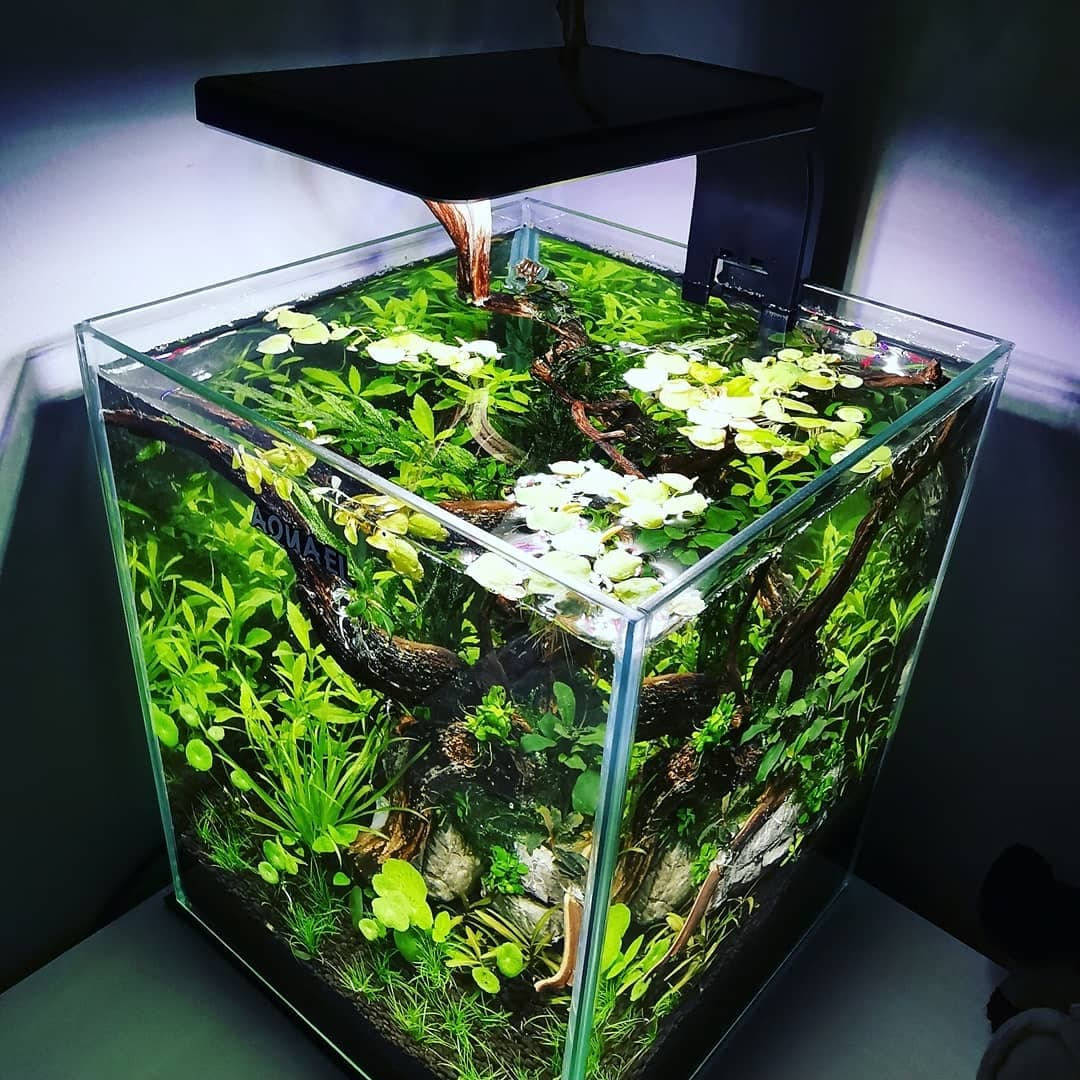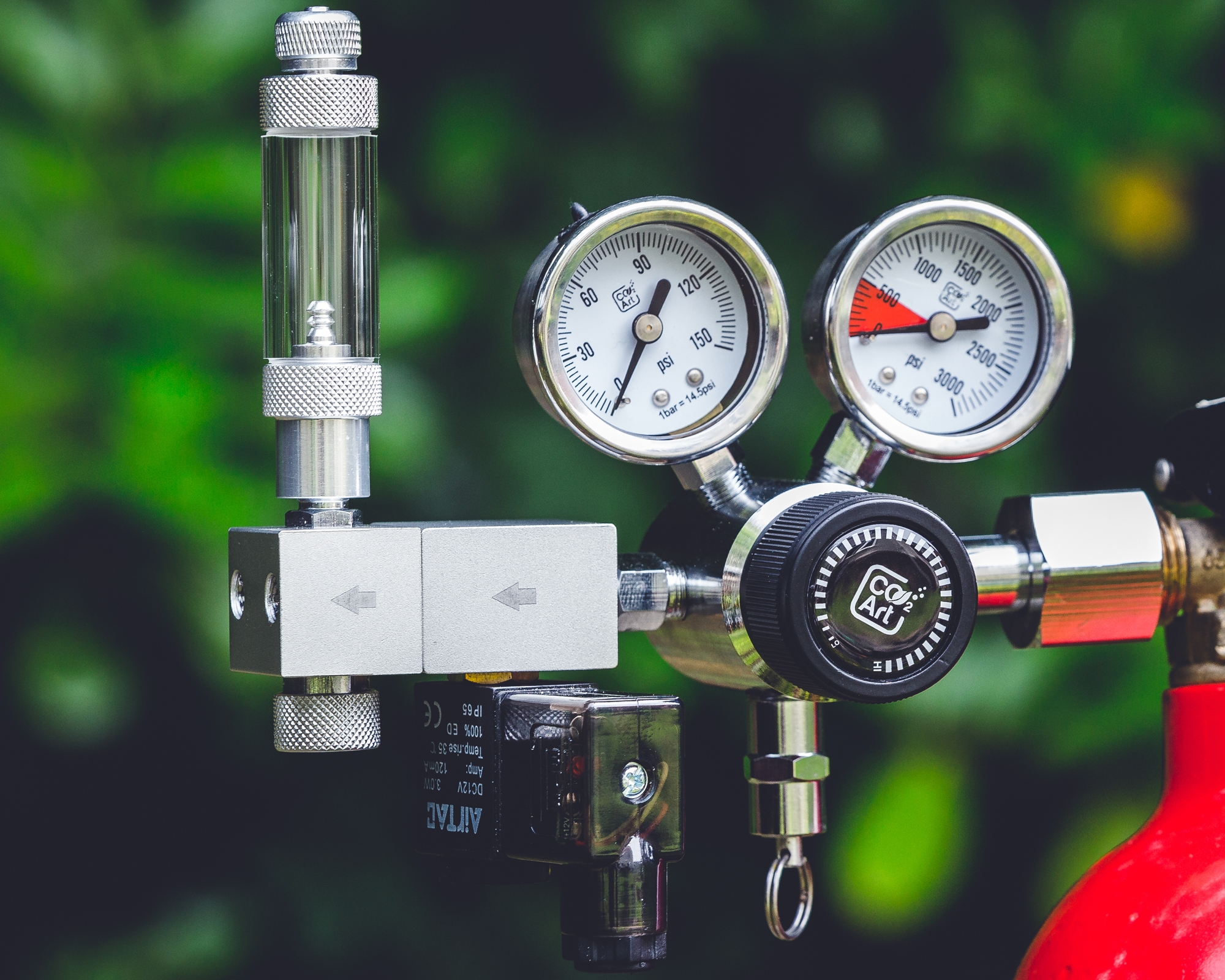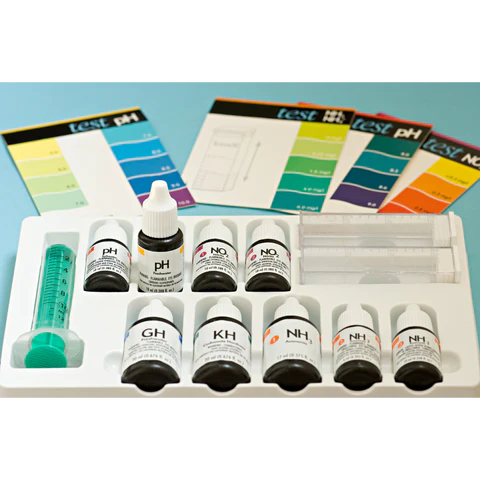How to Balance CO2 and Oxygen in Aquariums

Introduction
A thriving aquatic ecosystem is the goal of every aquarium hobbyist. Ensuring a harmonious balance between carbon dioxide and oxygen is crucial for the well-being of both fish and aquatic plants. This article will guide you through the process of maintaining optimal water conditions in your fish tank, helping you achieve the perfect balance between CO2 and oxygen. With our tips and advice, you can create a healthy environment for your aquatic pets and plants, which will flourish and thrive.
The Importance of Balance CO2 and Oxygen in Aquariums
A healthy aquarium relies on a delicate balance between carbon dioxide and oxygen levels. Aquatic plants require CO2 for photosynthesis, while fish and other aquatic animals need oxygen for respiration. If CO2 levels are too high, oxygen levels may drop, causing stress or even death for your fish. On the other hand, if CO2 levels are too low, plants will struggle to grow and may die off, negatively impacting the overall health of your planted aquarium.
Keeping CO2 Constant
One of the most important aspects of maintaining a balanced planted tank is keeping CO2 levels constant. This can be achieved by monitoring CO2 levels and making adjustments as necessary. Many factors can influence CO2 levels, including the number of plants and fish, the size of the aquarium, and the type of filtration system in use.

How to Get CO2 in Aquarium
To achieve the desired balance, you must first understand how to get CO2 into your aquarium. There are several methods for introducing CO2, such as:
-
Liquid CO2 supplements: These products can be added directly to the aquarium water, providing a convenient and easy-to-use source of CO2 for your plants.
-
CO2 injection systems: These devices deliver a controlled amount of CO2 directly into the aquarium through a diffuser or reactor.

-
DIY CO2 generators: Homemade CO2 generators can be an affordable and effective option for small to medium-sized aquariums.
Monitoring and Adjusting CO2 Levels
To ensure that your aquarium maintains a healthy balance of CO2 and oxygen, it is important to monitor the levels regularly. You can use a CO2 drop checker or a CO2 test kit to measure the CO2 concentration in your aquarium. An aquarium CO2 chart can be helpful in determining the ideal CO2 level for your specific setup, based on factors such as aquarium size, plant density, and fish population.

Once you have determined the appropriate CO2 level for your aquarium, make adjustments as needed by adjusting the CO2 injection rate, adding or removing plants, or adjusting the water's surface agitation to promote oxygen exchange.
Dealing with Increased CO2 in Aquarium
If you find that you have increased CO2 levels in your aquarium, take steps to address the issue immediately to prevent harm to your fish and plants. You can:
-
Increase surface agitation: Increasing water movement at the surface helps promote gas exchange, reducing the risk of low oxygen levels in the aquarium.
-
Reduce CO2 injection: If you are using a CO2 injection system, reduce the amount of CO2 being added to the aquarium until the desired balance is achieved, you can also perform a water change.
-
Add more plants: More plants in the aquarium will consume more CO2, helping to maintain a healthier balance between CO2 and oxygen.
Keeping Oxygen Levels in Check
While it's important to ensure adequate carbon dioxide levels for your aquatic plants, it's equally important to maintain sufficient oxygen levels for your fish. Here are some tips to ensure a healthy oxygen supply:
-
Use an air pump at night: Adding an air pump or air stone to your aquarium can help increase oxygen levels, especially if you have a heavily stocked tank or a high CO2 injection rate.
-
Maintain proper filtration: A well-functioning filtration system promotes oxygen exchange and helps remove harmful waste products from the water.
-
Regularly clean your aquarium: Keeping your aquarium clean and free from debris will help maintain optimal water quality, supporting healthy oxygen levels.
-
Monitor aquarium water temperature: Warmer water holds less oxygen than cooler water. Ensure that your aquarium's temperature is within the appropriate range for your fish species to maintain adequate oxygen levels.

-
Don't overstock your aquarium: Overstocking your tank can lead to decreased oxygen levels, as more fish require more oxygen for respiration. Stick to the recommended stocking levels for your aquarium size and species to ensure sufficient oxygen supply for all inhabitants.
Conclusion
Achieving the perfect balance between CO2 and oxygen in your aquarium is essential for maintaining a healthy, thriving ecosystem. By understanding the importance of this balance, monitoring and adjusting CO2 levels, and taking steps to maintain optimal oxygen levels, you will be well on your way to creating a beautiful, flourishing aquatic environment for your fish and plants.
Remember to make use of an aquarium CO2 chart to help determine the ideal CO2 levels for your specific setup and to regularly monitor and adjust both CO2 and oxygen levels as needed. With patience, attention, and care, you can create a balanced aquarium that is not only a joy to look at but also a healthy and nurturing habitat for your aquatic inhabitants.
-



